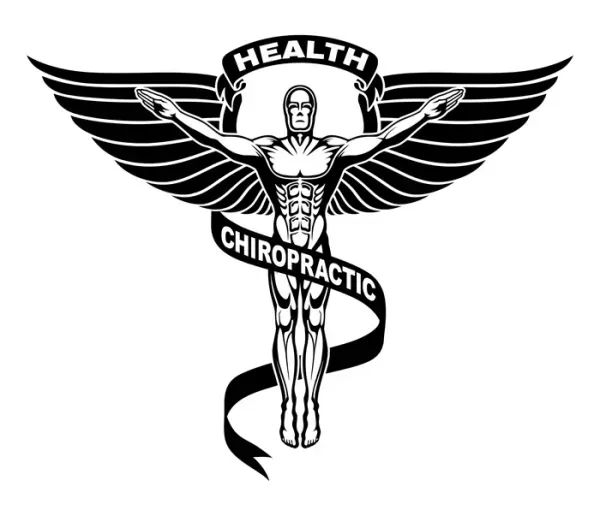Work Full-Time With F/T Modifiers, and Quit Getting Denials

Here’s why you should use these modifiers whenever the insurer requires them.
There’s no tiptoeing around it. Practices that perform any type of procedure on a patient’s hands or feet, such as podiatrists, orthopedists, or family practitioners, should know how to use the finger/toe (F/T) modifiers.
Reason: Depending on situation, procedure and payer, those modifiers could be the difference between payment and denial (or underpayment).
Read on for some advice on how to hand in the cleanest finger/toe treatment claims possible.
Tack F/T on Your Medicare Claims
When your physician performs services on a patient’s fingers or toes, you might need to use modifiers FA (Left hand, thumb) through F9 (Right hand, fifth digit) for fingers or TA (Left foot, great toe) through T9 (Right foot, fifth digit) for toes, says Mary Falbo, MBA, CPC, CEO of Millennium Healthcare Consulting, Inc. in Lansdale, Pa.
According to Falbo, Medicare recognizes these modifiers, so most Medicare payers would be familiar with them. As usual, you should check with your private payers for their individual stances on F/T modifiers.
Do this: Although the task might seem tedious, experts advise practices to check each insurers’ policy on the F/T modifiers. Policies can vary widely depending on insurer, procedure — and in some cases, which kind of provider is performing the service, says Peggy Bryant, CPC, CPMA, provider coding compliance coordinator for Dickinson County Healthcare System in Iron Mountain, Mich.
Use F/T Modifiers Frequently For These Specialties
Whenever the F/T modifiers are appropriate and the payer requires them, you should strive to use them on your claims, says Bryant.
Bryant reports that she uses F/T “more for our podiatrist and orthopedic providers” than for other specialties. Other practices that might need to pay more attention to the F/T modifiers include rheumatology, dermatology, wound center, and vascular surgery.
Separate Services with F/T Modifiers
If you can master each payers’ F/T policies, the modifiers can be quite useful. You can use F/T modifiers to nix erroneous denials when your physician performs the same service at different anatomical sites or on different sides of the body.
“For example, when a physician performs a procedure on more than one toe and/or finger at the same operative session,” says Falbo, by using the F/T modifiers you are clearly showing the payer exactly what area was involved.
So let’s say that the physician performs a closed treatment of a metacarpal fracture in the patient’s left index finger. Then, he performs the same procedure on a patient’s left ring finger.
On the claim, you would report 26600 (Closed treatment of metacarpal fracture, single; without manipulation, each bone) for the index finger repair with modifier F1 (Left hand, second digit) appended to show which finger the physician repaired. Then, you would report 26600 again with modifier F3 (Left hand, fourth digit) appended to show which finger the second operation occurred on.
Check To See If Payer Wants Modifier 51
Experts recommend that you use the F/T modifiers any time you file a claim for a procedure on a patient’s fingers and toes (if the payer requires it). When the encounter involves more than one procedure, however, you should also check with your payer to see if it requires modifier 51 (Multiple procedures) along with the F/T modifiers.
Some payers will want to see modifier 51 on multi-procedure F/T claims, but others won’t. “We find we rarely have to use modifier 51 [on these F/T claims] as our MAC [Medicare Administrative Contractors] and most payers automatically add it and apply their multiple procedure reduction, if necessary,” says Bryant.
Tip: As with the F/T modifiers, the use of modifier 51 will depend on the type of multiple procedures you are coding for, Falbo says.
If one of the procedures hits a Correct Coding Initiative (CCI) bundling edit, for example, then you’ll use modifier 59 (Distinct procedural service) to separate the services.
If you’re not seeing a CCI edit on the code, “then technically speaking, use modifier 51 on the second and subsequent procedures,” Falbo says.
Reason: When there are surgeries for multiple fingers and toes on the same claim, many insurers require modifier 51 to indicate that the physician performed multiple procedures.




